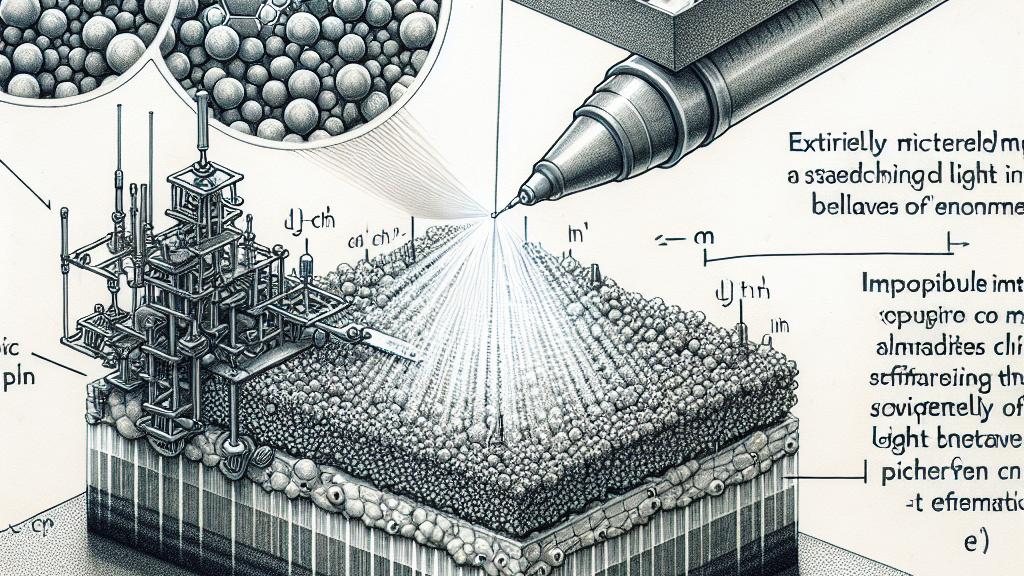Controlling Light Directionality at Atomic Scale
Overview
- Groundbreaking research demonstrates that a single atom can profoundly alter the direction of emitted light.
- Utilizing state-of-the-art scanning tunneling microscope (STM) technology, the study reveals intricate atomic interactions.
- These findings could trigger revolutionary advances in quantum computing and pave the way for innovative nanotechnology applications.

The Astonishing Role of Single Atoms
In a remarkable exploration led by researchers at IMDEA Nanociencia in Madrid, Spain, scientists discovered that even a single atom can drastically influence light emission during scanning tunneling microscope (STM) experiments. Picture this: by positioning the STM tip and the surface just one nanometer apart, they created conditions ripe for discovery. When the sharp tip interacts with atomic steps on the material, it forms a 'picocavity'—an imperceptibly small space where light behaves with heightened complexity. This thrilling research reveals a hidden dialogue of light occurring at the atomic scale, showcasing how tiny variations in atomic structure can lead to significant changes in light emission patterns.
Unraveling the Mechanics of Light Manipulation
Diving deeper, the research team unearthed fascinating nuances about how light is emitted. The study revealed that the orientation between the atomic step and the direction from which light is collected plays a crucial role in determining the intensity of the emitted light. Through meticulous experimentation, they documented that light does not scatter uniformly; instead, it radiates in distinct patterns—imagine a cardioid shape where certain angles become favored. This profound discovery not only enriches our understanding of light dynamics but also sets the stage for creating picoantennas—tiny, sophisticated devices that can direct emitted light with astonishing precision. This opens up a plethora of opportunities to control light from quantum dots and other atomic emitters, potentially leading us into a new era of quantum computing technology.
Transformative Opportunities for the Future
The implications of this pioneering research extend far beyond what we might initially imagine. The ability to manipulate light at such an intricate atomic level heralds countless innovative possibilities in both nanotechnology and quantum applications. Envision a future where scientists can control the emission of light from individual molecules with breathtaking accuracy; this could redefine fields like quantum communication and data processing. Additionally, these findings enhance our comprehension of atomic interactions, laying a robust groundwork for future advancements in the fabrication of nanoscale devices. Ultimately, this groundbreaking work resonates across various scientific disciplines, igniting excitement and stimulating the curiosity of researchers and innovators alike. The journey into the realm of atomic light manipulation is just beginning, and the potential rewards are limitless.

Loading...